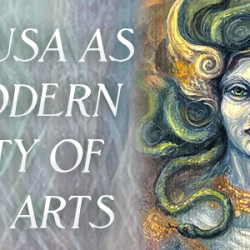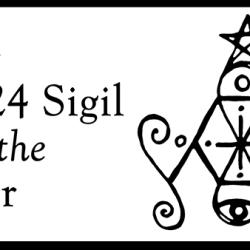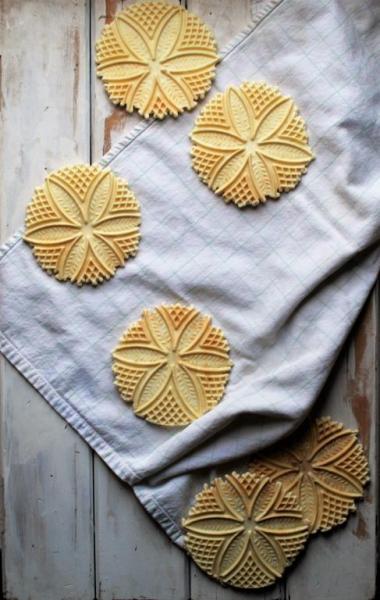
It’s time to bring up Witchcraft and cookies again! Food magic! (well, kinda..)
Do you remember in elementary school when you learned one way to solve a math or language problem, only to be given yet another method later on? There’s usually some kid who voices “but that’s not how Teacher X showed us last year!” And the current teacher explains that, “yes, that way works, but now you are advancing to other ways because there’s more information to consider that you weren’t ready for in the previous grade.”
It’s a bit like learning to cook an egg. The first time you’re most worried about getting the egg properly broken, into the pan intact and cooking it properly. Then you learn about seasoning, different fats you can cook the egg on, kinds of surfaces you can use to cook on, and even other ways of cooking eggs! To staunchly stick exactly to the way you first cooked an egg because you insist that’s the only way it can be done lacks imagination and means you’re missing out on so much more.
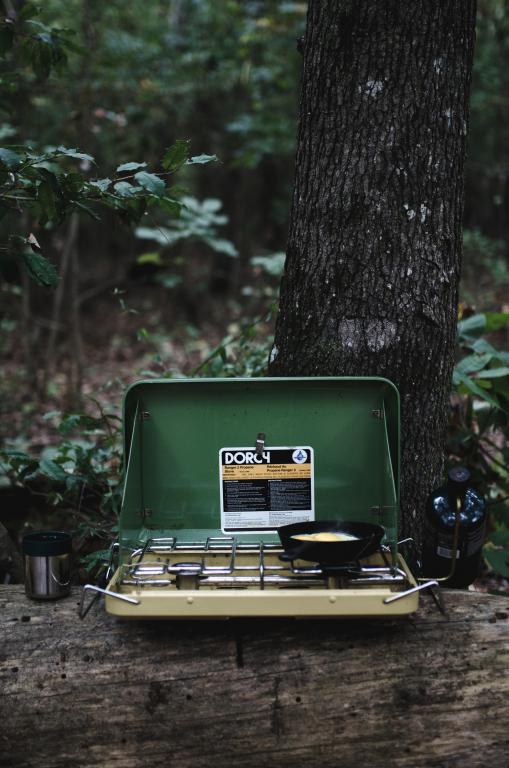
Folks, the same is true for magick.
This is why I am rather fascinated by folks who are hung up on “activating” a sigil. It’s a question that I’ve gotten several times in my Sigil Witchery workshops and also in reviews/commentary on my book. “But how do you activate the sigil?” This happens usually after I’ve explained my 4 basic steps:
1) Identify Goal/Issue
2) Brainstorm
3) Design
4) Apply and/or acknowledge
Sigil! Boom!
Somebody should be on hand to video my face the next time I’m asked that question. Just so someone can make what would probably be a hilarious meme out of it. But in all seriousness, I do take questions and concerns to heart (or more precisely, to mind), because it’s part of teaching to examine questions and reaching students more effectively.
When I hear the word “activate” I think about waking up dried yeast, the use of charcoal pellets, restoring healthy bacteria to the colon with yogurt, and cartoon characters putting their insignia rings together to change form. Basically in all of these situations you’re taking something that’s dormant, at rest, pre-made, or waiting on hand – and putting it into action. That really doesn’t describe the sigilcrafting process to me.
My next connection was that they are using that word to describe the “release” part of one of Spare’s methods. (Spoiler alert: Spare had multiple ways to create sigils, not just the one that most chaos magicians use.) Releasing, particularly by burning, is just one interpretation of Spare’s pontifications about not fixating on your work. It doesn’t mean setting anything in motion through that singular action. You know, forget about it (NSFW language alert in video):
I was also recently informed by a couple of friends that the reason “activate” is so popular with sigils, is because that term is used on a couple of TV shows. I don’t have regular TV and I rarely have time to watch Netflix, so I’ll have to take their word on it. FYI – I’m all about modern media as possible inspiration – even fiction. The truth is often stranger than fiction right? But you do know that not everything you see on TV or in the movies is accurate or considered educational right? Of course you do.
Besides the fact that “activate” is not the terminology I use in my process, I can’t help but think of the act of cooking or baking. At what point are you actually doing the thing? Like for instance, cookies. Is it when you decide to make a certain recipe, when you pull out the ingredients, when you mix them together, when you add heat to them, when you let it rest, or when you eat the cookie? When your tastebuds say, that’s a damn good cookie? The whole process brings the cookie into being. And even the raw cookie dough is freaking tasty.
It’s not one step that makes the thing, it’s the entire process. And the process is going to vary from person to person, recipe to recipe, and so forth.
Take for instance, candle magick. Some people go all out carving candles, making them from scratch, choosing specific ingredients and colors, anointing the candle with oils, etc. Other people just burn whatever they have on hand. Both work. Then there’s the argument about how to properly extinguish a candle. Some people insist that the candle should be snuffed out with a candle snuffer or your fingers – and they often say that to blow the candle out is disrespectful. Others believe that by blowing the candle out, you’re applying will or intent, and fusing all of the elements together in one moment (air and water in your breath, fire as the flame, earth as the materials burning, united by spirit) – and so snuffing out is considering stifling. Then there’s practical concerns about spilling wax or spreading smoke.
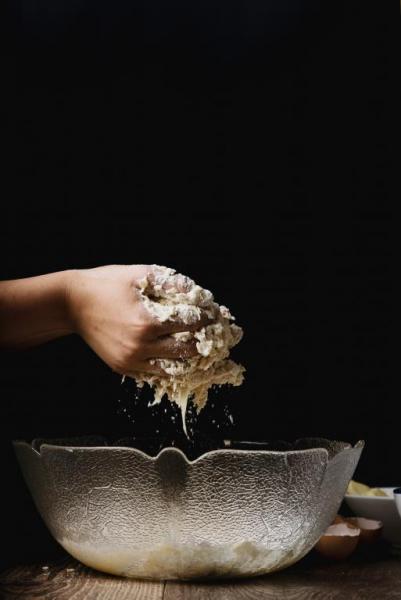
None of these are right or wrong, or better. They’re just different approaches to the same result. You can pretty much connect everything done in sympathetic magick and spellcraft to stimulating your brain. Color, touch, taste, sensation, activity, sight, associations – they all speak to the visual part of your brain.
As a young Witchlet, I quickly discovered that even if I just started thinking about doing a spell, I saw almost immediate results. No candle light, no herbs gathered, no oils used – the change had already been set into motion. I think most practitioners are also familiar with this phenomenon, but still feel better having a process or method to apply.
So with sigils and my method, the same idea is at play. The moment you sit down to think about what you’d like to work on, the spell has begun. As you work out the problem or goal in your head, you’re basically writing computer code for your brain. In the design process, you organize the code into an order that makes sense, removes any unnecessary information, problem-solves, and creates a finished product. The moment your brain settles on a design that is pleasing to it, you’ve essentially hit the “enter” button. The programming is in motion. Anything you do after that moment simply furthers and/or refines the protocol you’ve established. Like putting your sigil for good study habits on a cookie and eating it.

So what part of the process makes a magic cookie? All of it. The trick is to not get too caught up on words or previously learned methods, and be open to new ways of doing things.
Magick, regardless of how you do it or what you call it, is about possibilities.









